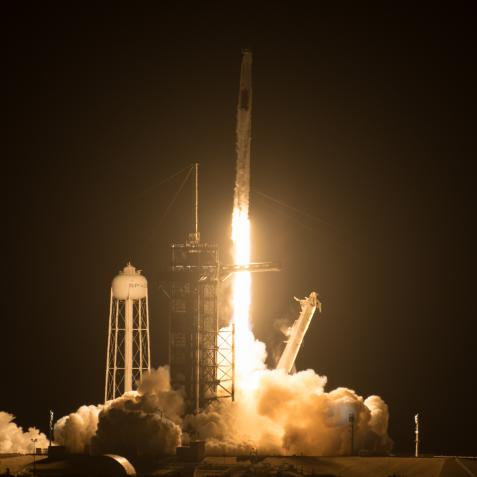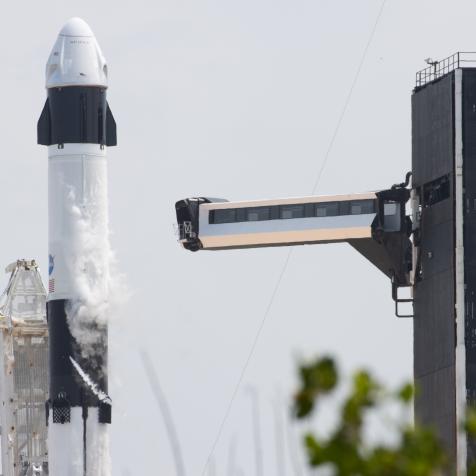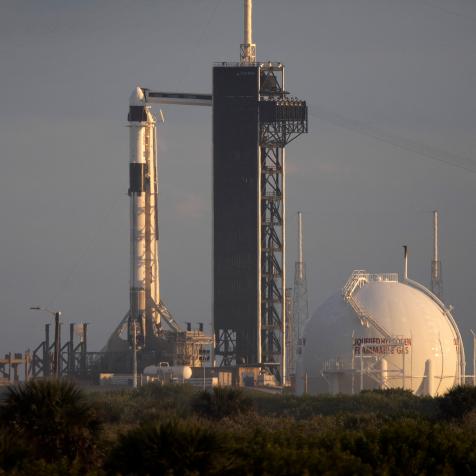
Countdown to Launch: NASA and SpaceX Crew-2 Mission
Liftoff set for Friday, April 23, at 5:49A EDT marks the second operational flight of SpaceX’s Crew Dragon. Four space explorers are heading to the International Space Station for a six-month stay. It will take them 23 hours to reach their destination.
On Friday, April 23, NASA astronaut Shane Kimbrough, NASA astronaut Megan McArthur, ESA astronaut Thomas Pesquet, and JAXA astronaut Akihiko Hoshide are scheduled for liftoff in a refurbished SpaceX Crew Dragon spacecraft atop a Falcon 9 rocket from the Kennedy Space Center Launch Pad 39A at 5:49A EDT. Crew-2 is scheduled to dock with the ISS on Saturday, April 24 at 5:10A EDT. The Crew Dragon, known as Endeavor, was the same spacecraft that flew last summer for the Demo-2 mission.
With @SpaceX, we're now targeting Fri., April 23 at 5:49am ET (9:49 UTC) for launch of the Crew-2 mission to the @Space_Station.
— NASA (@NASA) April 21, 2021
Live coverage begins at 1:30am ET (5:30 UTC), continuing through Crew Dragon's arrival at the station April 24.
How to watch: https://t.co/hFCNwQt1Il pic.twitter.com/VkPqDUG0Ar
Crew-2 will continue the tradition of choosing a zero-g indicator. Previous zero-g indicators have been a plush Earth toy, a pink and blue dinosaur, and a plush baby Yoda. The item used to indicate zero gravity, when Crew-2 has reached space, is going to be revealed on launch day.

NASA/SpaceX/ISS
Once Crew-2 reaches the International Space Station, they will be responsible for conducting about 260 scientific experiments including one that has the ability to increase research for the upcoming Artemis program.
Meet the Astronauts: NASA and SpaceX Crew-2 Mission 10 Photos
The NASA and SpaceX Crew-2 mission is set to launch via a Falcon 9 rocket in a Crew Dragon on Thursday, April 22, at 6:11A EDT, from Launch Complex 39A at NASA’s Kennedy Space Center in Florida. Let’s meet the astronauts who will be staying aboard the International Space Station for six months.
To catch up on the previous NASA and SpaceX missions, stream SPACE LAUNCH LIVE on discovery+.













































































